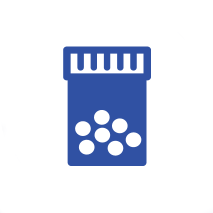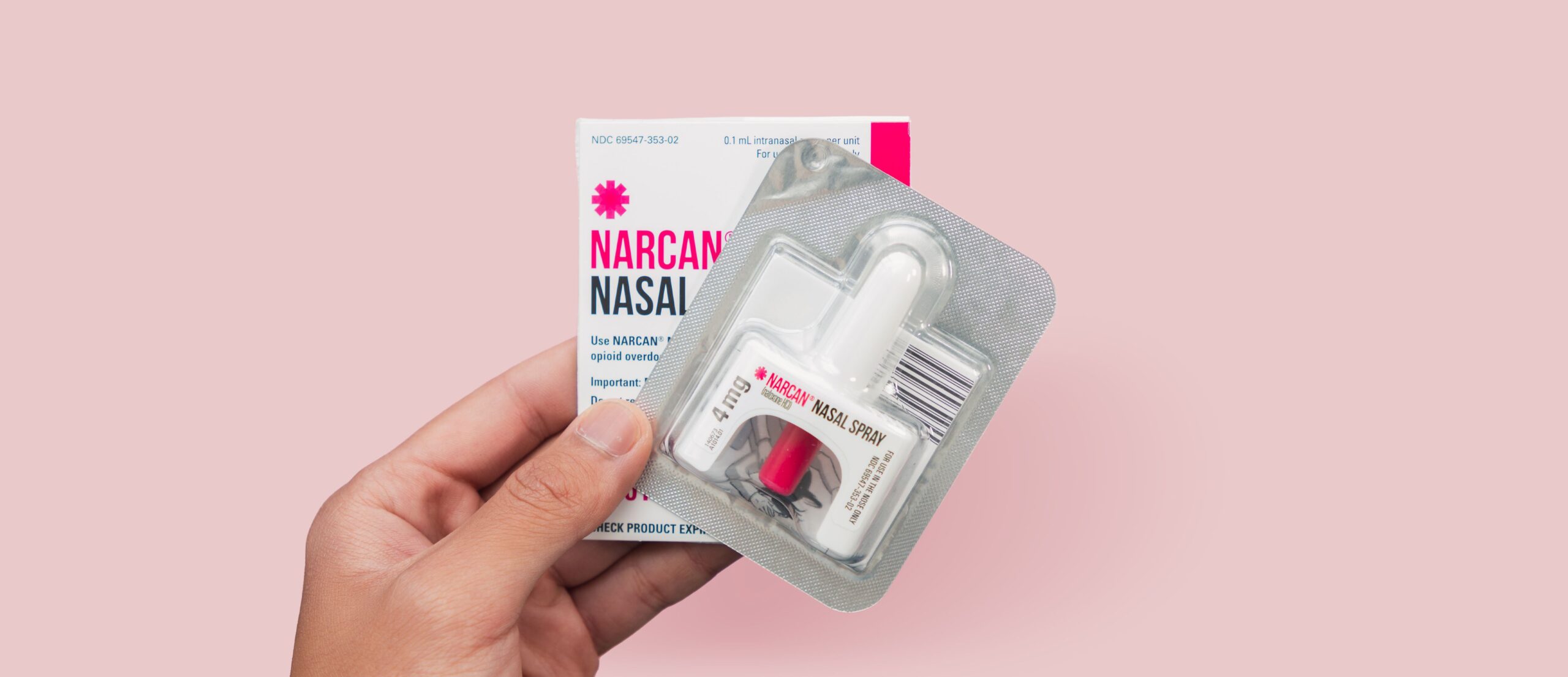Learning the Facts and How to Communicate Them
As our children grow up, they will face new challenges. The best way we can support them through these challenges is simply to talk to them and to listen to what they have to say. Through open, honest, and frequent conversation, we can have a significant impact on their experience with substance use, making it less likely that they will misuse or abuse alcohol, tobacco, and other drugs.
But first we need to learn the facts – and how to communicate them effectively. You can learn both here. We have collected the most important facts on substance use and the most valuable tips on communication to help you prepare for conversation with your child.














